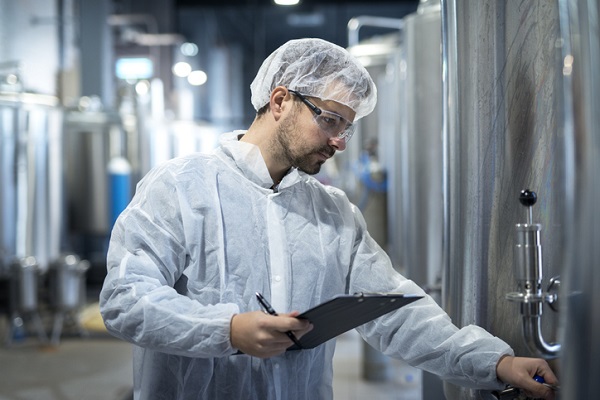
Continuous manufacturing is a method of mass production, where the materials involved flow continuously, without interruption. It enables manufacturing to be constant, operating 24/7 except for occasional maintenance shutdowns. In contrast, the industry standard prior to now has been batch manufacturing, which separates the process into different steps, executed individually.
Quality control is an important part of the manufacturing process. Continuous manufacturing could affect it in a few ways—read on for more!
1. Continuous Manufacturing Needs Real Time Pharmaceutical Quality Control
Differences in quality control for batch manufacturing vs. continuous manufacturing include the following:
- Since batch manufacturing allows for testing between stages, it is easier to check for errors and pinpoint where mistakes occurred.
- With continuous manufacturing, the inability to check each batch makes errors harder to trace.
- Batch manufacturing involves more set-up, breakdown, and resetting, allowing for error through each step.
- With continuous manufacturing, less people are involved, removing some of the risk for human error.
Because continuous manufacturing makes it more difficult to track errors, adapting to the method may require implementing new processes during your career in pharmaceutical quality assurance.

Implementing continuous manufacturing involves addressing certain quality control concerns
2. There Are Several Factors of Concern for Professionals in Pharmaceutical Quality Assurance
Continuous manufacturing is dynamic and constant, making certain factors important for maintaining quality. These factors include, but are not limited to:
- Residence Time Distribution (RTD)
- Real Time Release Testing (RTRT)
- Flow Behaviour

Professionals need to find ways to maintain quality during continuous manufacturing
Residence Time Distribution (RTD) is used to characterize the process flow of manufacturing. It is a probability distribution indicating how long a material remains in the manufacturing process. This could be determined using:
- Tracer Studies (labelling matter to follow movement or changes during and between phases)
- Online Measurement of Product Properties (real-time measuring on the manufacturing line)
- Process Modelling (mathematical equations)
Real Time Release Testing (RTRT) can be used in pharmaceutical quality control to ensure quality of either in-process products or final products, using various measurements conducted rapidly as manufacturing occurs. RTRT has the benefit of providing lower rework rates with enhanced monitoring and understanding of the process.
Flow Behaviour examines the physiochemical properties of materials and how it affects their flow. This plays a larger role in continuous manufacturing as opposed to batch manufacturing, as input is continuously fed into the process. Flow behaviour can impact product quality variables such as dose uniformity and efficiency.
3. Continuous Manufacturing Could Lead to a More Efficient Industry
Continuous manufacturing allows for increased efficiency in costs, energy, and speed.
While batch manufacturing takes much longer and is more expensive (due to inefficiencies, losses, contaminations, and recalls), continuous manufacturing cuts costs. This could lead to more affordable medicines, less shortages of pharmaceuticals, and an increased importance on real time quality control. By combining batches into one large process, the method also cuts back on required energy.

Quality control must be done in a timely fashion with a more efficient and quick manufacturing system
More waste is generated by batch manufacturing, making it a less efficient use of resources. Continuous manufacturing is also physically faster as there is less interruption, increasing output. These efficiencies speed up the manufacturing process as a whole, making it an approach that may become more common in the future.
Are you interested in learning more about quality assurance?
Contact AAPS for information about our pharmaceutical courses.



